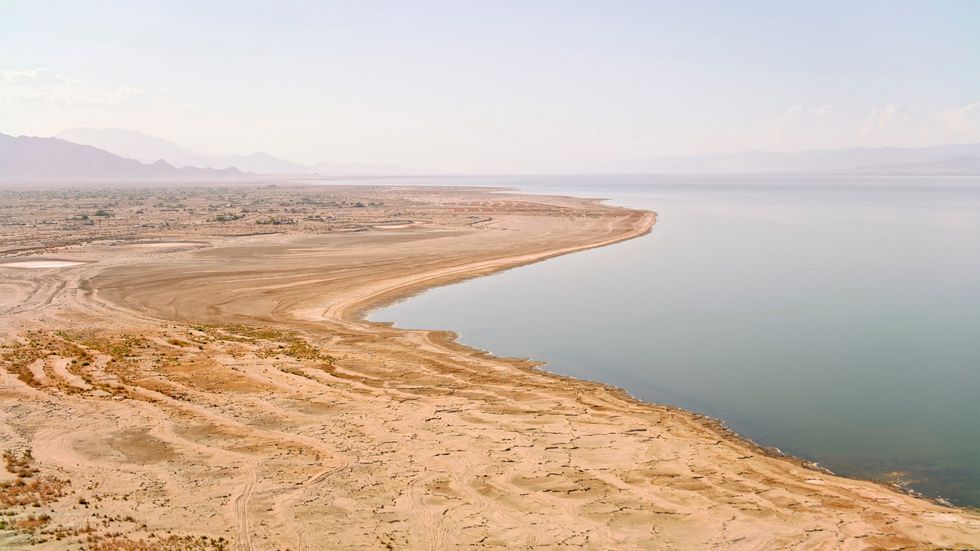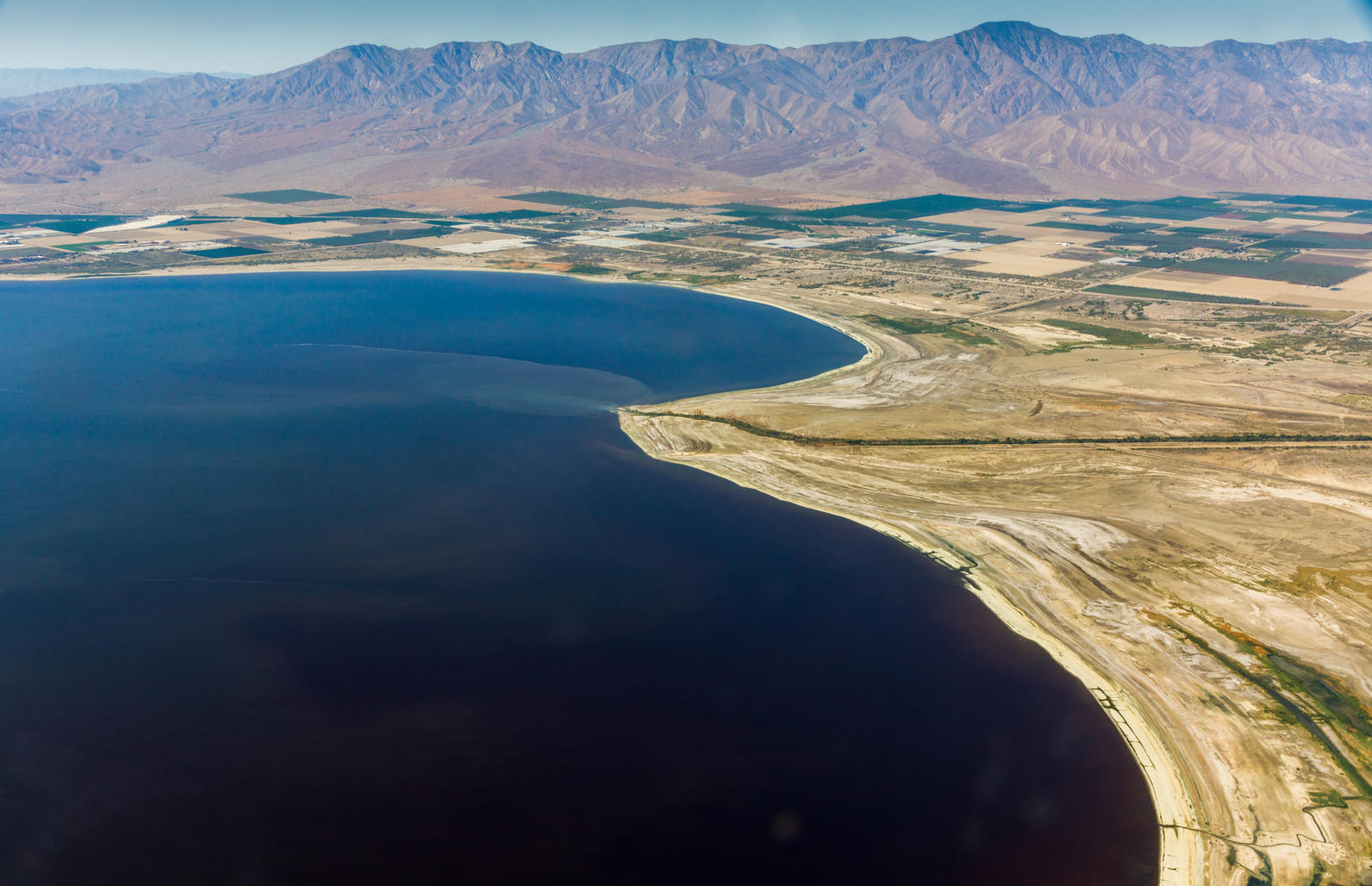The Distressed History- and Uncertain Future- of the Salton Sea
When an irrigation canal was breached in the early 1900s, the resulting flood created Southern The golden state’s Salton Sea. It was a rare event that quickly produced a useful existence in the Imperial Valley, as the lake supplied leisure opportunities, tamped down dirt, and became a stop for birds on the Pacific Flyway. Today, with inflows declining, this hundred-year-old sea is drying up, and that’s having a host of adverse repercussions for wildlife and air top quality in the area. We spoke with Kurt Schwabe- teacher of public policy at the University of The Golden State, Waterfront and complement fellow at the PPIC Water Policy Facility- concerning a few of the most significant problems facing the sea, in addition to prospective solutions.
What are the big issues in the Salton Sea, and why has it taken as long to do something about it?
The first trouble is that it’s an incurable lake whose inflows are mainly made up of agricultural water drainage moves from the Imperial Watering Area (IID) (around 80%) and wastewater from Mexico (around 10%).follow the link saltonseadoc.com At our site This set up brings about a progressively contaminated sea; as this chemical-laden water evaporates, it leaves behind salts and various other contaminants such as steels, fertilizers, and pesticides.
The 2nd trouble is that the farming drainage streams that have actually contributed to preserving the sea’s quantity for a lot of the 20th century are taken into consideration to be the outcome of inefficient and unreasonable water usage. This lawful opinion opened the doors for water transfers to southerly California metropolitan water firms from IID, consisting of the big transfers under the Quantitative Negotiation Contract (QSA) of 2003, which assisted The golden state satisfy the federal government’s mandate to reduce its Colorado River allocations to its legally designated annual amount of 4.4 million acre-feet.
The transfers of water from IID to cities is made possible by land fallowing and improvements in irrigation efficiency; both practices lessen runoff and, consequently, inflows to the sea. As the sea diminishes, winds pick up debris from the progressively revealed dry lake bed and spread them right into bordering areas, which are primarily low-income, making bronchial asthma and various other respiratory system illness even worse. The smaller sized lake is additionally a lot more contaminated and saline, which minimizes habitat for fish and birds.
It’s been practically twenty years since the state claimed it would take on obligation to resolve these problems as part of the QSA offer. It’s been underperforming in its short-term actions and duke it outing what would comprise a long-term lasting service.
What, in your view, are the most viable means to address this issue?
Early intends concentrated on shielding the Salton Sea’s vibrant, efficient environment: they took a look at design services to maintain the sea water fresh sufficient with a smaller sized impact. Understandings after that were that the strategies were quite costly-$5 billion over 75 years. And originally human health wasn’t a focus; good involvement with the neighborhood populace would certainly have made that concern leading.
Just recently an expert panel formed to take a look at a lasting solution entailing importing water from the Sea of Cortez and to make a recommendation to the California Natural Resource Firm (CNRA) on the advantages and defects of such a technique. The professional panel found it wasn’t sensible: the import alternative was exceptionally pricey and presented risks of ecological harm, and it wasn’t clear what advantages Mexico might get to incentivize such teamwork. Ultimately, the process of preparing treaties and constructing facilities would likely take more than a decade or more, a long period of time given the present and likely getting worse impacts on wellness and habitat.
The expert panel likewise examined an additional alternative: combining voluntary water transfers from IID- something like what our research checked out in 2018- with the development of a huge desalination plant on the Salton Sea’s shore. This alternative would certainly aid attend to both amount and high quality- at the very least relative to salinity- although the sea would certainly still be much smaller than in the past, and need added reduction to handle dust.
Exist indicators of hope?
The state has actually been rightly criticized for not making much progression and not involving much with neighborhood communities during the first years or two this process. Much more recently, the state- with new management and positions at the CNRA- has upped its video game. It’s involving with frontline communities and making financial investments in the sea and its areas. Obviously, with the current focus on the lithium sources in the south side of the lake, additional obstacles, possibilities, and uncertainties have actually emerged that make complex the entire procedure. So, as to indications of hope? Maybe cautious optimism.
 The Distressed History- and Uncertain Future- of the Salton Sea |
